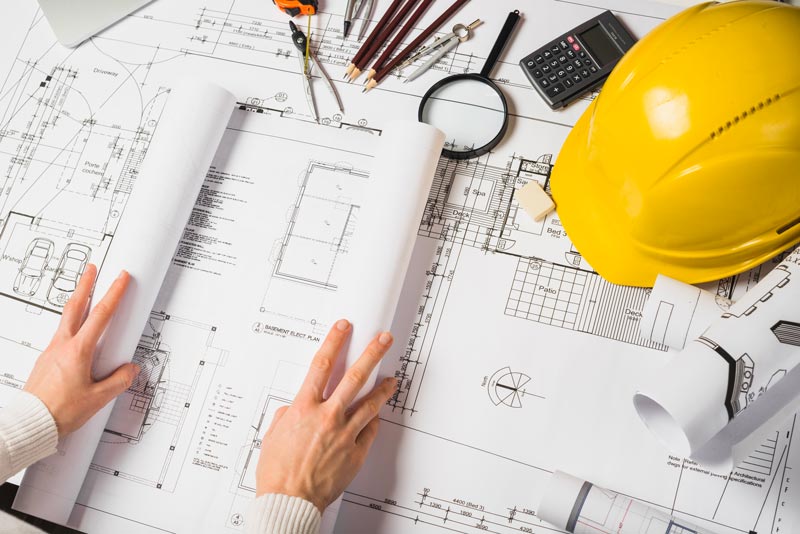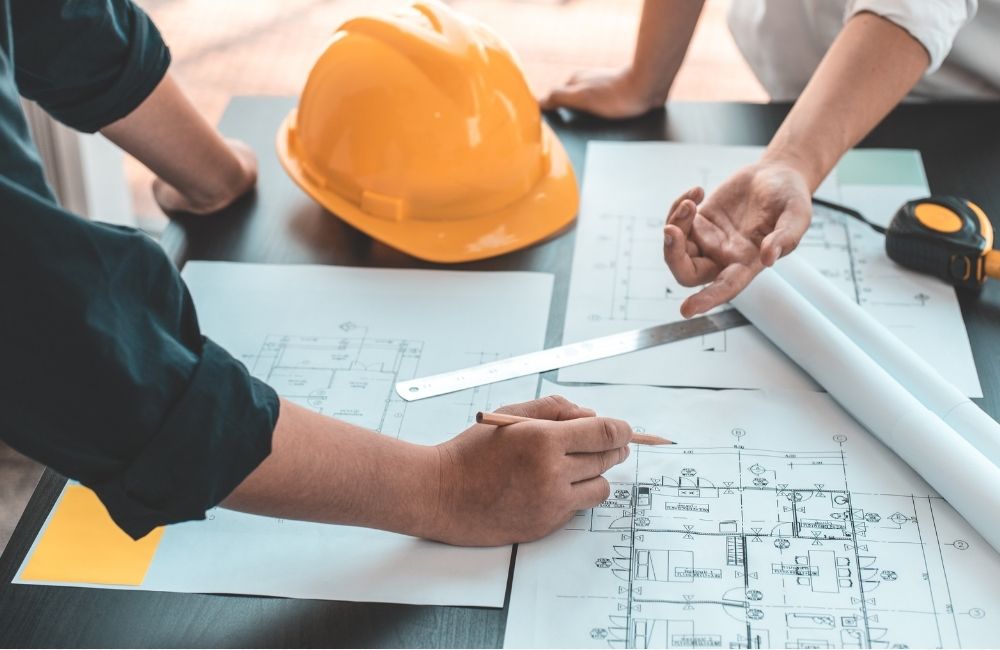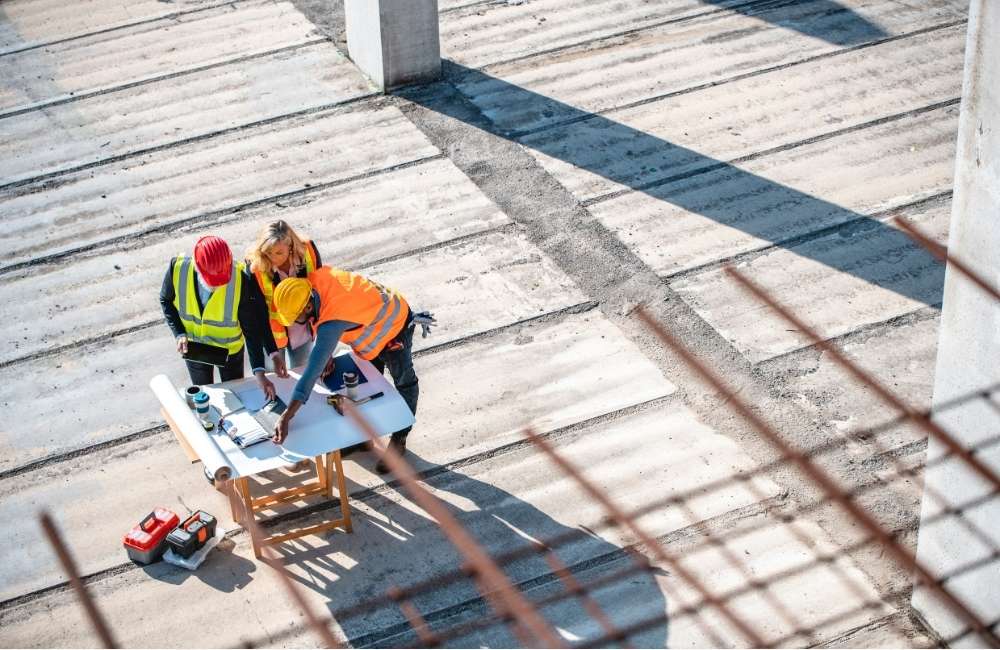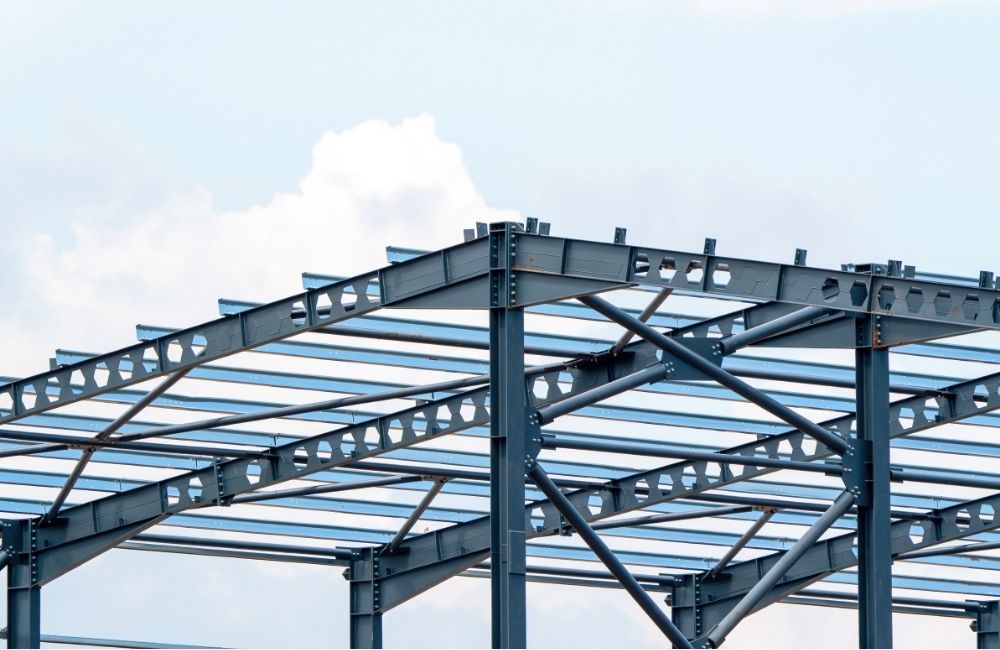Table of Contents
Key Takeaways
7 Common Mistakes in Construction Bidding and How to Prevent Them
- Inaccurate Cost Estimation
- Incomplete or Ambiguous Bids
- Ignoring Bid Deadlines
- Overlooking Risk Management
- Lack of Competitive Analysis
- Failure to Understand Client Requirements
- Inadequate Communication and Coordination
Frequently Asked Questions
Partner with Claris Design•Build for Superior Quality and Risk Management!
Key Takeaways✔ Inaccurate cost estimation can lead to budget overruns and financial losses. ✔ Incomplete or ambiguous bids result in misunderstandings and potential disputes. ✔ Ignoring bid deadlines can cause disqualification and damage your reputation. ✔ Overlooking risk management leaves your project vulnerable to unforeseen issues. ✔ Lack of competitive analysis can result in a less compelling bid compared to competitors. ✔ Failure to understand client requirements decreases the chances of meeting their expectations and winning the bid. ✔ Inadequate communication and coordination within the team can lead to errors and inefficiencies in the bidding process. |
The construction industry is highly competitive, with firms constantly vying for lucrative contracts through the bidding process. While winning bids can secure significant projects and revenue, the process is fraught with potential pitfalls that can lead to costly mistakes, delays, and even lost contracts.
7 Common Mistakes in Construction Bidding and How to Prevent Them
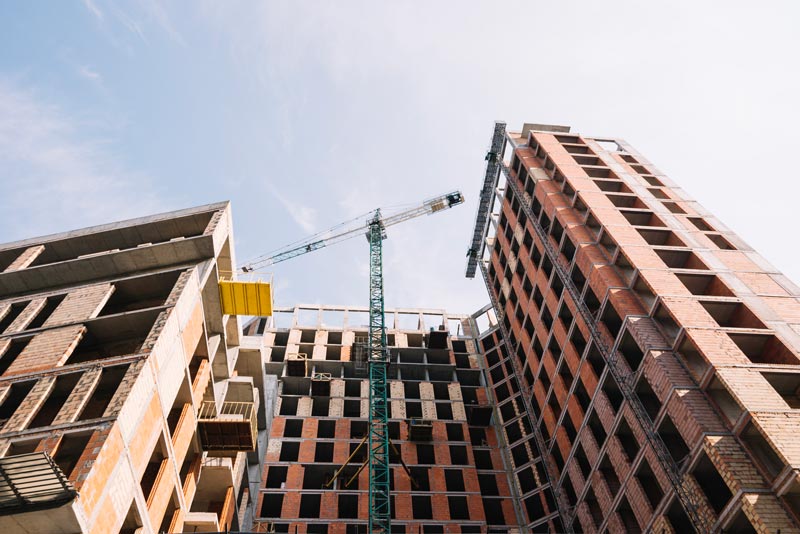
Navigating the construction bidding process can be challenging, with common pitfalls that can lead to costly errors and missed opportunities. Understanding these frequent mistakes and learning how to avoid them is crucial for successful project bids. Here are seven common mistakes in construction bidding and effective strategies to prevent them.
1. Inaccurate Cost Estimation
Cost estimation is the backbone of any construction bid. An accurate cost estimate ensures that all project expenses are covered, and the bid remains competitive. However, many firms fall into the trap of underestimating costs, which can lead to financial losses and project delays.
| Errors | Solution | How |
|---|---|---|
| Overlooking Indirect Costs | Ensure comprehensive accounting for all indirect costs such as insurance, permits, and administrative expenses. | Include a detailed checklist of potential indirect costs in the budgeting process. |
| Inadequate Site Assessment | Conduct thorough site inspections to assess soil conditions, accessibility, and existing infrastructure. | Engage a professional surveyor to provide a detailed site report before finalizing the budget. |
| Material Price Fluctuations | Incorporate potential changes in material prices by including a contingency buffer in the budget. | Regularly review market trends and adjust the budget accordingly to accommodate price variations. Conduct monthly or quarterly reviews during high volatility and semi-annual to annual reviews based on industry reports. Key factors to consider include project duration, market volatility, project type, geographic location, supplier agreements, industry trends, and historical data. |
2. Incomplete or Ambiguous Bids
If the form is altered, detached, or incomplete, it can disqualify a firm from the bidding process or lead to misunderstandings and disputes later on.
| Errors | Solution | How |
|---|---|---|
| Missing Documents | Ensure all required documents such as certificates, licenses, and financial statements are included. | Create a checklist of all necessary documents and verify their inclusion before submitting the bid. |
| Ambiguous Scope of Work | Clearly define the scope of work to avoid potential conflicts over responsibilities and deliverables. | Provide detailed descriptions of the tasks, responsibilities, and deliverables in the bid documentation to ensure all parties have a clear understanding of the project. |
3. Ignoring Bid Deadlines
Missing a bid deadline is one of the simplest yet most detrimental mistakes a construction firm can make. Late submissions are typically not considered, regardless of their quality.
| Errors | Solution | How |
|---|---|---|
| Poor Time Management | Allocate sufficient time for bid preparation and create a detailed schedule. | Develop a timeline with milestones for each stage of the bid preparation process. For instance, allocate two weeks for initial research, one week for document compilation, and another week for reviews. |
| Unexpected Delays | Plan for potential delays by identifying risk factors and having contingency plans. | Identify possible issues such as software problems or document gathering delays. For example, have IT support on standby for software issues and assign additional staff to help gather required documents. |
4. Overlooking Risk Management
Ignoring potential risks can lead to significant problems during project execution. Bids that do not account for risk are often unrealistic and can result in financial losses and project delays.
| Errors | Solution | How |
|---|---|---|
| Weather Conditions | Monitor weather forecasts and build buffer time into the construction schedule to accommodate potential delays. | Use historical weather data to predict possible delays and schedule tasks such as interior work or procurement during adverse weather periods. Allocate an extra month in the project timeline for weather-related delays. |
| Supply Chain Disruptions | Develop strong relationships with multiple suppliers and keep a buffer stock of critical materials on-site. | Establish agreements with backup suppliers for key materials like steel and concrete. Keep a two-week buffer stock of critical materials on-site to prevent project halts due to supply chain issues. |
| Regulatory Changes | Stay informed about potential regulatory changes and include contingency plans in the project budget and timeline. | Regularly review industry news and legal updates. Allocate an additional 10% of the project budget and two extra weeks in the timeline to accommodate compliance with new regulations, such as safety codes or environmental standards. |
5. Lack of Competitive Analysis
Failing to analyze competitors’ bids can result in either underbidding or overbidding, both of which can be detrimental. In 2021, over 60% of firms are submitting higher bids for projects, an increase from 58% in late 2020, highlighting the importance of staying competitive when it comes to bidding.
| Errors | Solution | How |
|---|---|---|
| Underbidding | Conduct a thorough competitive analysis and market research to ensure accurate bid pricing. | Analyze competitors’ past bids and market rates for similar projects. For example, if bidding on a commercial building, review the winning bid details from three recent similar projects in the same city to ensure your bid covers all costs, including contingencies. |
| Overbidding | Assess competitors’ pricing strategies and market conditions to set a competitive bid price. | Compare your bid with at least three competitors' bids for similar projects. For instance, if bidding on a highway construction project, obtain and analyze the bid amounts from three recent highway projects in the region to ensure your bid is not significantly higher than others. |
6. Failure to Understand Client Requirements
Misunderstanding or not fully comprehending the client’s requirements can lead to a bid that does not meet their needs, which can result in lost opportunities.
| Errors | Solution | How |
|---|---|---|
| Misinterpretation | Carefully review bid documents and client specifications, and verify understanding with the client if necessary. | Conduct a detailed review meeting with the project team to go over the bid documents. Arrange a follow-up call with the client to confirm key specifications and requirements to ensure accuracy. |
| Lack of Clarity | Seek clarification on ambiguous requirements from the client before finalizing the bid. | Identify any unclear aspects of the requirements and send a formal Request for Information (RFI) to the client to clarify these points. Document all clarifications received and update the bid accordingly. |
7. Inadequate Communication and Coordination
Effective communication and coordination is essential throughout the bidding process. Inadequate communication can lead to mistakes, omissions, and ultimately, an unsuccessful bid.
| Errors | Solution | How |
|---|---|---|
| Internal Miscommunication | Establish clear communication channels and regular coordination meetings among team members. | Implement a project management tool like Asana or Trello for all team members to track bid progress and updates. Schedule weekly meetings to discuss the status and ensure everyone is aligned. |
| External Communication | Maintain clear and consistent communication with clients or stakeholders to avoid misunderstandings and lost opportunities. | Set up regular update meetings or calls with clients to discuss progress and clarify any questions. Use detailed emails summarizing discussions and decisions to ensure all parties are on the same page. |
Post that you may also like: Key Components of a Successful Apartment Complex Construction
Frequently Asked Questions
What are the different types of construction bidding?
There are several types of construction bidding, including open bidding, closed bidding, and negotiated bidding. Open bidding or open tendering, is a public process where any qualified contractor can submit a bid, primarily used for government and public projects. Closed bidding or selective tendering involves inviting a preselected group of qualified contractors to bid, typically used for private projects. Negotiated bidding occurs when the owner negotiates directly with a preferred contractor without a competitive bidding process. Each type has its advantages and is chosen based on the project’s specific needs and circumstances.
What is a bid bond and why is it important?
A bid bond is a type of surety bond provided by the contractor as part of their bid submission. It guarantees that the contractor will enter into a contract if their bid is accepted and will provide the required performance and payment bonds. Bid bonds protect the project owner by ensuring that the contractor is financially stable and committed to the project. If the contractor fails to honor their bid, the bid bond compensates the owner for any additional costs incurred in selecting an alternative contractor.
How do owners evaluate bids?
Owners evaluate bids based on several criteria, such as cost, contractor experience, qualifications, and proposed timeline. They review the bid's detail and accuracy, ensuring it reflects a clear understanding of the project scope and is free from errors. Evaluation methods include price-based, best-value, and qualification-based approaches to balance cost with quality and reliability. Owners may interview bidders or request additional information to clarify proposals and select the contractor that best meets the project's requirements while minimizing risks. Checking credentials, references, and certifications is also essential in the decision-making process.
What is a bid opening?
A bid opening is a formal event where submitted bids are opened and read aloud, often in the presence of the bidders and other interested parties. This process ensures transparency and fairness in the selection process, as all participants can witness the bids being revealed. For public projects, bid openings are typically open to the public and follow strict procedural guidelines. After the bids are opened, they are reviewed and evaluated according to the project’s criteria.
What happens after a bid is awarded?
Once a bid is awarded, the selected contractor and the project owner enter into a formal contract agreement. This contract outlines the terms and conditions of the project, including the scope of work, payment schedule, and project timeline. The contractor then begins the mobilization phase, which involves securing permits, scheduling work, and coordinating with subcontractors and suppliers. Throughout the project, the contractor must adhere to the contract terms and work collaboratively with the owner to ensure successful project completion.
Partner with Claris Design•Build for Superior Quality and Risk Management!
Claris Design•Build offers comprehensive design and build services that streamline your construction projects and ensure exceptional outcomes. Our experienced team provides innovative designs and seamless execution, adhering to the highest standards of quality and efficiency. Partnering with us means benefiting from meticulous risk management, thorough site assessments, and detailed cost estimations that account for material price fluctuations and indirect costs. Let Claris Design•Build bring your vision to life from initial concept to final construction, elevating your next project with expert craftsmanship and unparalleled service. Contact us now!



